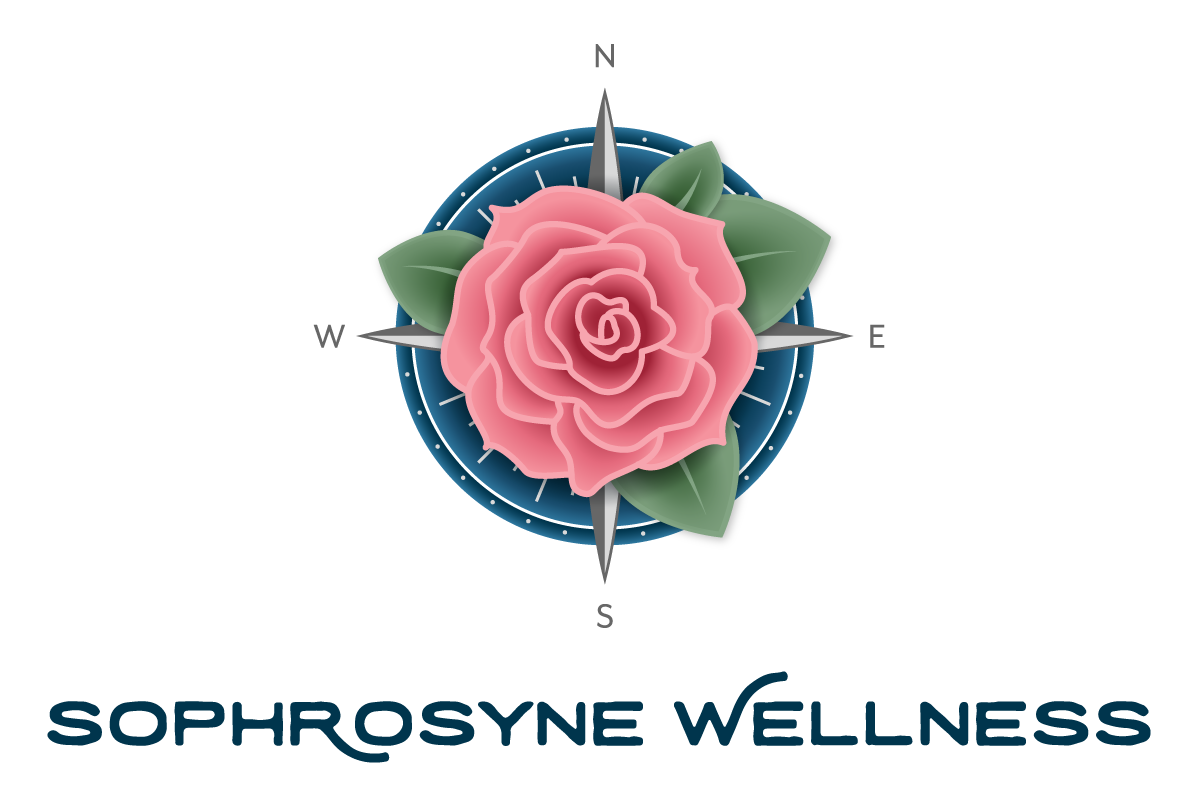6 Practical Tips for Cutting Back or Quitting Alcohol
Alcohol is deeply ingrained in our culture, often associated with celebrations, relaxation, and social gatherings. However, for some, it can become a crutch, leading to excessive consumption and negative consequences. If you're looking to cut back on your alcohol consumption or quit drinking altogether, understanding the connection between alcohol, dopamine, and the hedonic setpoint can be a powerful tool in your journey to a healthier lifestyle.
The Dopamine-Alcohol Connection
Dopamine, often referred to as the "feel-good" neurotransmitter, plays a crucial role in the brain's reward system. Alcohol consumption triggers the release of dopamine, leading to feelings of pleasure and relaxation. Associating drinking with having a good time is one way the dopamine alcohol connection is present. This reward reinforces the desire to drink, creating a cycle that can be challenging to break.
The Hedonic Setpoint
Your hedonic setpoint, also known as hedonic treadmill, is your baseline level of happiness or well-being. It's the point at which you naturally feel content before or after external influences, whether negative or positive. Imagine the excitement of getting your brand- new dream car. It’s the year and model you’ve been eying for some time and it’s finally yours. Oh, the thrill! You pair the car with your phone, program the driver’s seat, set the mirrors and customize the settings to your liking. You learn something new about your car’s features with each drive. Until eventually the excitement of your new car starts to wear off. Now the car isn’t new and exciting anymore. You find yourself back to your happiness “set point.”
Alcohol can temporarily elevate our mood, with temporary dopamine spikes, but over time, it can disrupt this balance and alter your hedonic setpoint. You might find yourself needing alcohol just to reach the baseline happiness you once had without it. This may lead to increased consumption and dependency.
6 Practical Tips for Cutting Back or Quitting Alcohol
1. Set Clear Goals: Begin by setting specific, achievable goals. Whether you aim to reduce your alcohol intake or quit entirely, having a clear objective will keep you motivated.
2. Identify Triggers: Recognize the situations, emotions, or stressors that trigger your alcohol consumption. Once you identify these triggers, you can develop healthier coping strategies to manage them effectively.
3. Mindful Drinking: If you're not ready to quit entirely, practice mindful drinking. Pay attention to how much and how often you consume alcohol. Set limits and stick to them. Be conscious of the impact it has on your mood and overall well-being.
4. Find Alternative Activities: Alcohol often serves as a way to unwind or socialize. Replace it with alternative activities that bring joy and relaxation. Consider exercise, meditation, or pursuing hobbies that interest you.
5. Track Your Progress: Keep a journal to track your alcohol consumption and how it affects your mood and well-being. Seeing your progress can be a powerful motivator.
6. Stay Patient and Persistent: Changing your relationship with alcohol is a process that takes time. Be patient with yourself, and don't get discouraged by setbacks. Stay persistent in your efforts, and remember that every small step counts.
Alcohol, dopamine, and the hedonic setpoint form a complex relationship that can have significant implications for your well-being. By setting clear goals, identifying triggers, practicing mindful drinking, finding alternative activities, tracking progress, and staying patient and persistent, you can regain control and create a healthier, more fulfilling life. Remember, your journey is unique, and it's okay to seek professional help if needed. Your happiness and well-being are worth the effort and with determination and support, you can achieve your goals and find balance in your relationship with alcohol.

